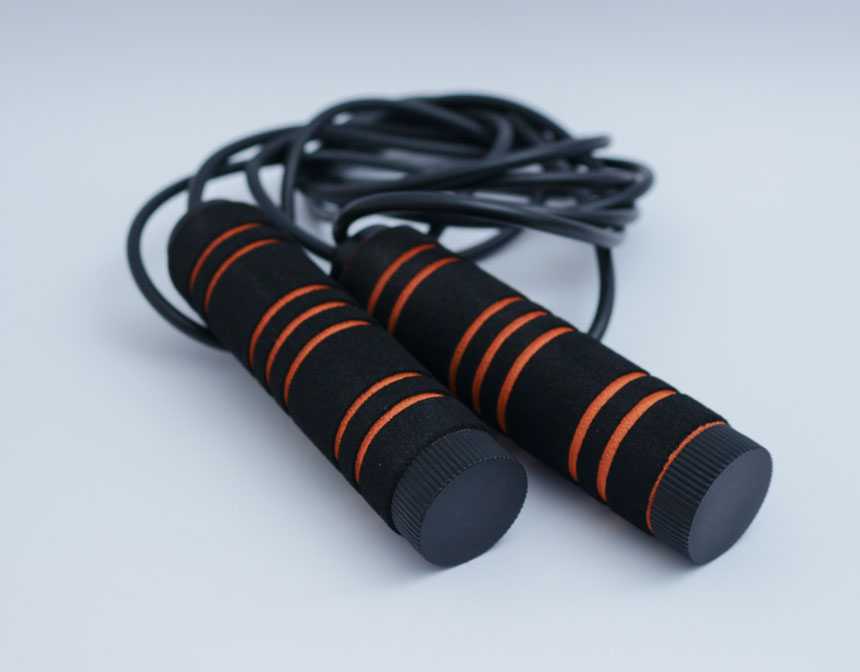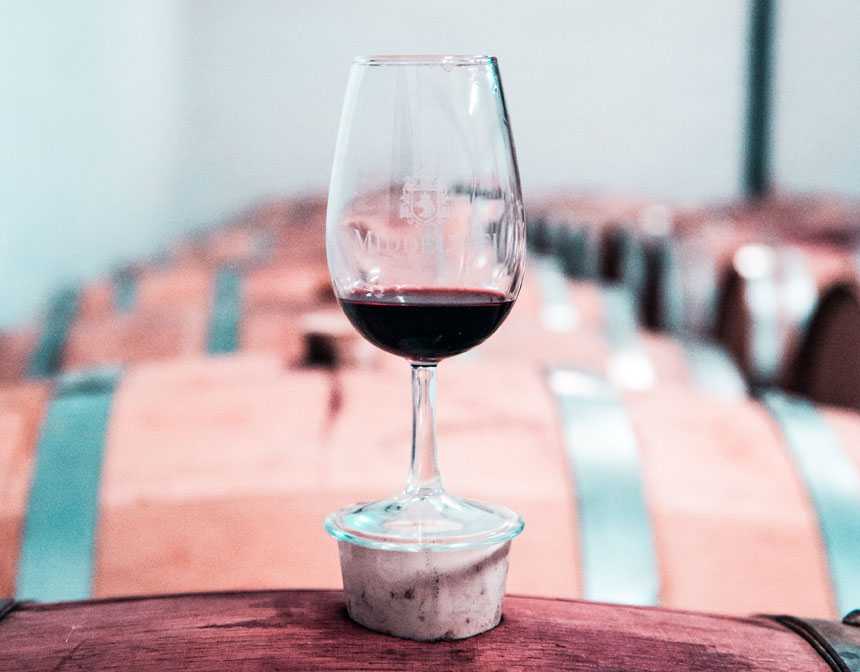The Origin of Tartiflette
Tartiflette is a relatively modern addition to French culinary tradition, with its origins traced back to the Savoie region of France. Despite its rustic appeal that seems to speak of ancient peasant roots, the recipe was actually popularized in the 1980s. The introduction of Tartiflette was part of a marketing effort by the Reblochon cheese makers to boost the sales of their cheese. This hearty dish quickly became a beloved staple, celebrated for its comforting warmth and rich flavors, embodying the essence of Alpine cuisine.
The Heart of Tartiflette: Cheese Tartiflette
At the core of the Tartiflette is the Reblochon cheese, a semi-soft, washed-rind cheese from the Alps that's key to the dish's creamy texture and distinctive taste. Cheese Tartiflette celebrates the delicate balance of flavors between the earthy potatoes, the sweet onions, the salty bacon, and the rich cheese, creating a symphony of taste and texture that is both indulgent and comforting.
Adapting Tartiflette: Vegetarian and Potato Variations
While the traditional Tartiflette is a celebration of the alpine diet which includes meat, modern adaptations like the vegetarian Tartiflette have made it accessible to a broader audience. By focusing on the core ingredients – potatoes and Reblochon cheese – and introducing umami-rich vegetables or smoked seasonings, the vegetarian version maintains the dish's heartiness and flavor profile. The potato Tartiflette remains a testament to the versatility of potatoes as a base for rich, flavorful casseroles capable of absorbing and complementing the flavors of the cheese and other additions.
This savory dish not only brings a piece of the French Alps into your home but also offers a versatile template that can be adapted to suit various dietary preferences. Whether sticking to the classic Cheese Tartiflette, opting for a Vegetarian Tartiflette, or exploring other variations, this dish is sure to comfort and delight.
The Best Type of Potatoes
Choosing the right type of potatoes for Tartiflette is crucial to achieving the perfect balance of texture and flavor in this beloved French dish. Tartiflette, originating from the Savoie region in the French Alps, is known for its comforting warmth and richness, with potatoes serving as the hearty base complemented by creamy Reblochon cheese, savory bacon, and onions. The ideal potatoes for this dish are those that hold their shape during cooking, absorbing the flavors of the cheese and bacon while maintaining a firm yet tender texture.
Here are some of the best potatoes to use for making Tartiflette:
Waxy Potatoes:
Charlotte: These are small, oval-shaped potatoes with a creamy texture and subtle flavor, making them perfect for Tartiflette. Their waxy nature allows them to hold their shape well during the cooking process.
Fingerling Potatoes: Known for their thin, edible skin and firm texture, fingerling potatoes are an excellent choice for Tartiflette. They cook evenly and offer a buttery flavor that pairs well with the other ingredients.
Yukon Gold: While not traditionally French, Yukon Gold potatoes are a good substitute due to their all-purpose nature, which strikes a balance between waxy and floury. They have a naturally buttery flavor and a moist, velvety texture that works well in Tartiflette.
Red Potatoes: With their waxy texture and mild flavor, red potatoes are another suitable option. They hold up well during cooking, ensuring that your Tartiflette has the desired consistency.
Avoid Floury Potatoes
Floury potatoes, such as Russets, tend to fall apart and become mushy when cooked in a dish like Tartiflette. While they're great for baking and mashing, their texture doesn't hold up as well in casseroles, where a firmer bite is preferred.
Preparation Tips
Slicing: Slice the potatoes uniformly to ensure they cook evenly. About 1/4 inch thickness is ideal for Tartiflette, allowing the potatoes to absorb flavors without becoming too soft.
Parboiling: Before assembling the Tartiflette, parboil the sliced potatoes until just tender. This step helps to start the cooking process and ensures that your potatoes will be perfectly cooked in the final dish.
Rinsing: After slicing and before cooking, rinse the potatoes under cold water to remove excess starch. This helps prevent the slices from sticking together and ensures a more distinct texture in the finished dish.
The choice of potatoes can make or break your Tartiflette. Opting for waxy varieties that maintain their shape and texture during the cooking process will result in a dish that's both flavorful and satisfying, with each ingredient shining through. By selecting the right potatoes and preparing them correctly, you'll elevate your Tartiflette from a simple potato casserole to a gourmet dish that's sure to impress.
For more, check out our ‘Types of Potatoes’ article.
Substitutes for Cheese
Reblochon cheese, with its creamy texture and nutty flavor, is a cornerstone of the traditional Tartiflette recipe. However, due to import restrictions or local availability, it might not always be easy to find. Fortunately, there are several substitutes that can mimic its characteristics and still produce a delicious Tartiflette. Here are some of the best alternatives:
1. Brie
Brie is a widely available cheese that can serve as a substitute for Reblochon due to its creamy texture. While milder in flavor, Brie melts beautifully, making it a suitable alternative for achieving the desired consistency in Tartiflette. Opt for a younger Brie, as it will have a texture closer to Reblochon.
2. Taleggio
Taleggio cheese, with its strong aroma and flavor profile similar to Reblochon, makes an excellent substitute. It has a soft, melt-in-your-mouth quality that works perfectly in a dish like Tartiflette. Taleggio's slightly stronger flavor can add depth to the recipe.
3. Camembert
Camembert, another French cheese, offers a similar creamy texture and rich, buttery flavor. It's a bit stronger than Brie but still within the flavor profile that complements the other Tartiflette ingredients well.
4. Munster
Munster cheese, not to be confused with the American Muenster, is a French cheese with a smooth, creamy texture and a strong flavor. It melts well and can add a distinctive taste to the Tartiflette, similar to what you would expect from Reblochon.
5. Fontina
Fontina cheese, particularly the Italian version, has a creamy texture and a slightly nutty, mild flavor that can work as a substitute for Reblochon. Its excellent melting qualities make it a good choice for a cheesy, comforting Tartiflette.
6. Raclette
Raclette cheese is known for its melting qualities and is used in many traditional French and Swiss dishes. It offers a slightly different flavor profile but can create a deliciously gooey and rich Tartiflette.
7. Tomme de Savoie
While harder and less creamy than Reblochon, Tomme de Savoie can be used in a pinch. It comes from the same region as Reblochon and shares some of its earthy, robust flavors. You may need to add a bit more cream to the dish to compensate for its drier texture.
When substituting for Reblochon in Tartiflette, consider the melting qualities and flavor intensity of your chosen cheese. You may need to adjust quantities or combine cheeses to achieve a balance that’s closest to the original. No matter which substitute you choose, you can still enjoy a deliciously comforting dish that pays homage to the French classic.
For more, check out our ‘Types of Cheeses’ article.
Wine & Dine
Tartiflette, with its rich combination of creamy Reblochon cheese, savory bacon, and hearty potatoes, pairs beautifully with wines that can cut through the richness while complementing the dish's robust flavors. Choosing the right wine can elevate the meal, creating a harmonious balance between the food and the drink. Here are some wine pairing suggestions for Tartiflette:
White Wines:
Savoie Apremont: For an authentic regional pairing, a white wine from Savoie, such as Apremont, made primarily from the Jacquère grape, offers crisp acidity and minerality that can refresh the palate after each creamy bite of Tartiflette. Its lightness and subtle floral notes make it a perfect match.
Chardonnay: A unoaked or lightly oaked Chardonnay with good acidity can complement the dish's creamy texture without overwhelming it with too much richness. Look for Chardonnays with a balance of fruit and acidity.
Riesling: A dry or off-dry Riesling, with its bright acidity and citrus notes, can provide a delightful contrast to the Tartiflette. The wine's natural sweetness and acidity are a great counterpoint to the savory elements of the dish.
Red Wines:
Gamay: A red wine like a light-bodied Gamay, particularly from Beaujolais (close to the Savoie region), with its bright fruit flavors and soft tannins, can complement the Tartiflette without overpowering it. The wine's slight acidity will help cut through the richness.
Pinot Noir: A Pinot Noir, known for its lighter body and vibrant red fruit flavors, can also pair well with Tartiflette. Its earthy notes can echo the dish's rusticity, while its acidity balances the creaminess.
Rosé Wines:
Savoie Rosé: A rosé from the Savoie region or a dry rosé with crisp acidity and berry flavors can also be a refreshing companion to the Tartiflette, offering a lighter option that still holds up to the dish's flavors.
When selecting a wine to pair with Tartiflette, consider the balance of flavors and the weight of the wine. The goal is to choose a wine that can cleanse the palate and stand up to the dish's richness without overwhelming it. A good rule of thumb is to select wines with higher acidity and moderate alcohol levels to ensure a balanced and enjoyable pairing experience.












































